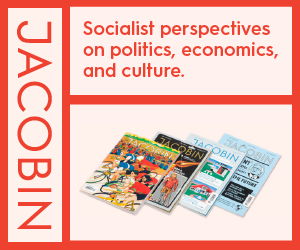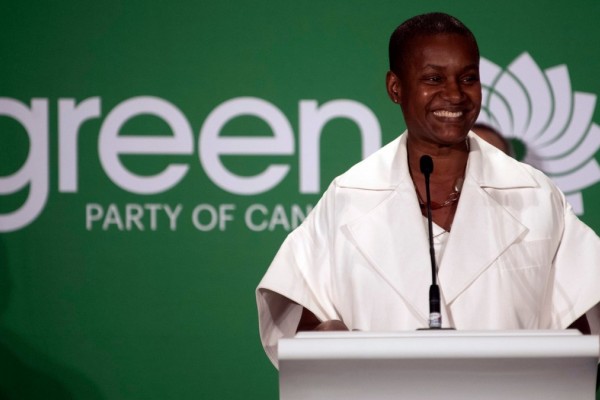Then and now: the Asianadian and the radical spirit of community care
During its seven-year run, the magazine presented the works of over 200 Asian-Canadian artists, musicians, writers, and scholars
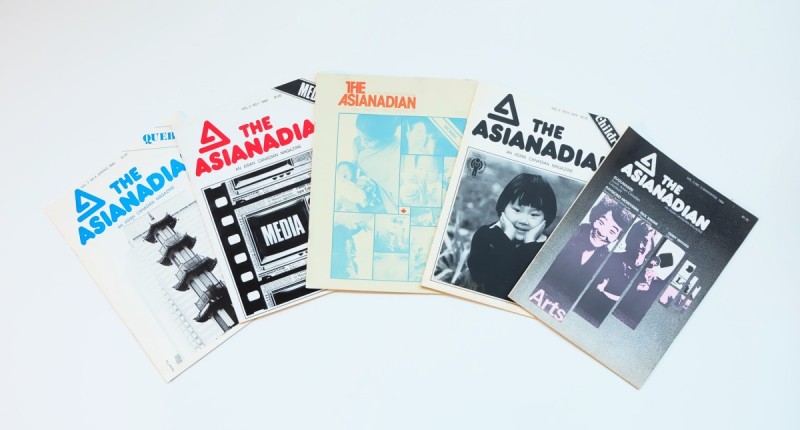
The Asianadian, a quarterly publication that ran from 1978 to 1985, established a national platform for then-emerging Asian-Canadian writers, artists, musicians, activists, and scholars like Sky Lee, Jim Wong-Chu, Joy Kogawa, Himani Bannerji, and Paul Yee. Photo courtesy the Vancouver International Centre for Contemporary Asian Art.
The following is an excerpt from the forthcoming book, Laughing Back at Empire: The Grassroots Activism of The Asianadian Magazine, 1978–1985, by Angie Wong. The book is a groundbreaking examination of The Asianadian, one of Canada’s first anti-racist, anti-sexist, and anti-homophobic magazines. Over the course of its seven-year run, the small but mighty magazine led a nationwide dialogue for all Canadians on the struggles and social issues that concerned Asians in Canada. For more information, visit www.uofmpress.ca.
“Asian-Canadian” remains a fluid and changing category of identity because Asian-Canadian experiences are plural—global, intergenerational, cross-cultural. Yet the anti-Asian racism manifest today through the politicization of COVID-19 eerily (though not surprisingly) mirrors white Canada’s anti-Asian hate of 40 years, 60 years, 80 years, 100 years ago. I came across The Asianadian magazine when I was a graduate student at York University, long before the COVID-19 pandemic. Sadly, I had my unfair share of racist encounters with white and white-passing professors, university administrators, and colleagues, an all-too-common experience for students of colour, especially women, Canadian-born or otherwise. I was judged for being a Chinese woman and made to feel responsible for all those restrictive and negative stereotypes and expectations that the Western gaze associates with being Chinese and a woman.
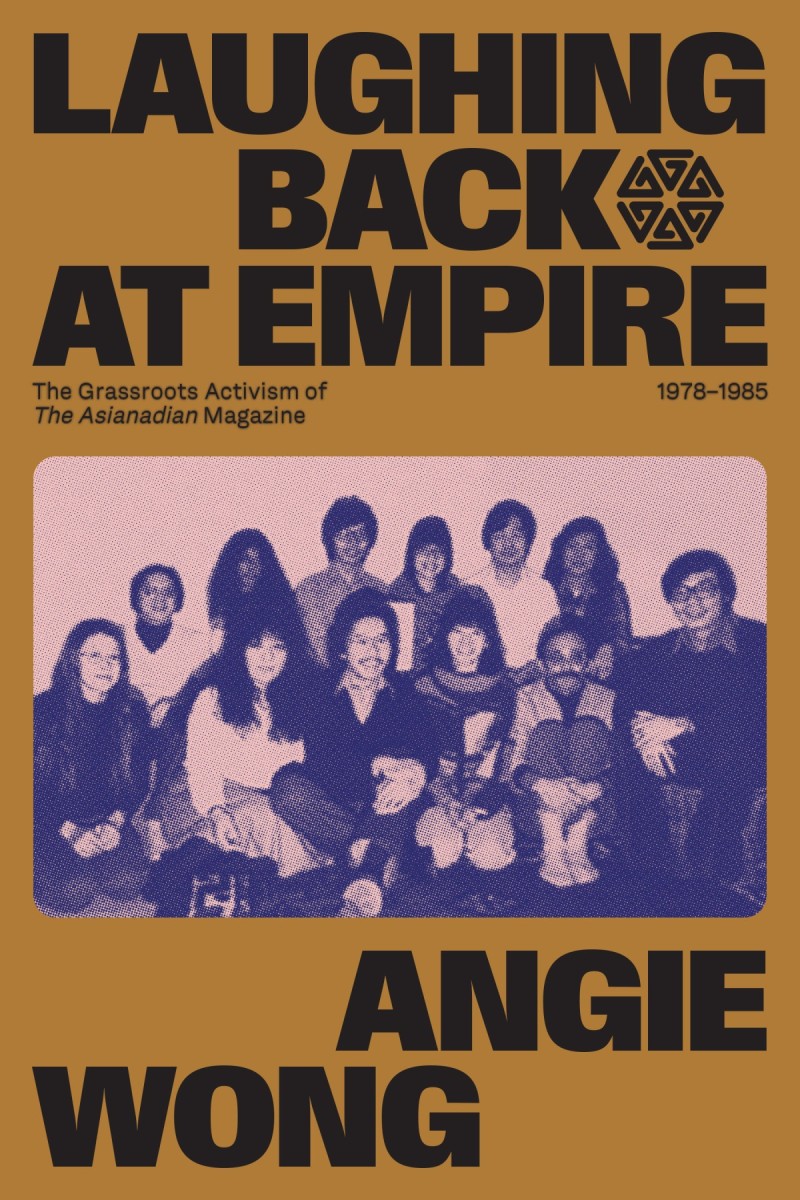
Then, during the pandemic, musician, poet, Terry Watada, another Asianadian editorial member, penned “Found Poem.” It helps me see that those wretched racist encounters were the beginnings of my own extensive reflection and practice in anti-racism and coalition building—the primary ideas espoused by The Asianadian magazine and collective. It also helped me realize that the good fight is never won. This book is not about my personal journey or experiences with overcoming racism, though it is partially inspired by the ways in which the cofounders and members of The Asianadian welcomed me into the collective when I approached them about this work.
The Asianadian was the first pan-Asian-Canadian social justice magazine. As a quarterly publication that ran from 1978 to 1985, The Asianadian is a rather concise archive of six volumes and 24 issues. While each issue from cover to cover contains on average of 33 pages, it hosted a remarkable number of recurring departments, featured articles, community directories, artworks and photographs, advertisements, and public submissions. During its seven-year run, The Asianadian presented the works of over 200 Asian-Canadian artists, musicians, writers, and scholars. Its editorial collective underwent dynamic changes throughout the years, but the radical anti-racist spirit of its cofounders and major contributing editors persisted through a remarkable period of Asian-Canadian social justice coalition building, community organizing, and cultural production. The magazine was among the first Asian-Canadian publications to be expressly anti-racist, anti-sexist, and anti-homophobic in its style and agenda, and it hosted nationwide dialogues on social, political, and cultural struggles that concerned Asians in Canada at the time. Similar to struggles today, they involved overcoming racism and sexism, combatting white supremacy, finding pride in community, and exercising Asian-Canadian agency and self-determination. Without theory, they tested the boundaries of traditions from Asia and in Canada, especially as the country moved towards adopting multiculturalism and a bilingual and bicultural colonial foundation.

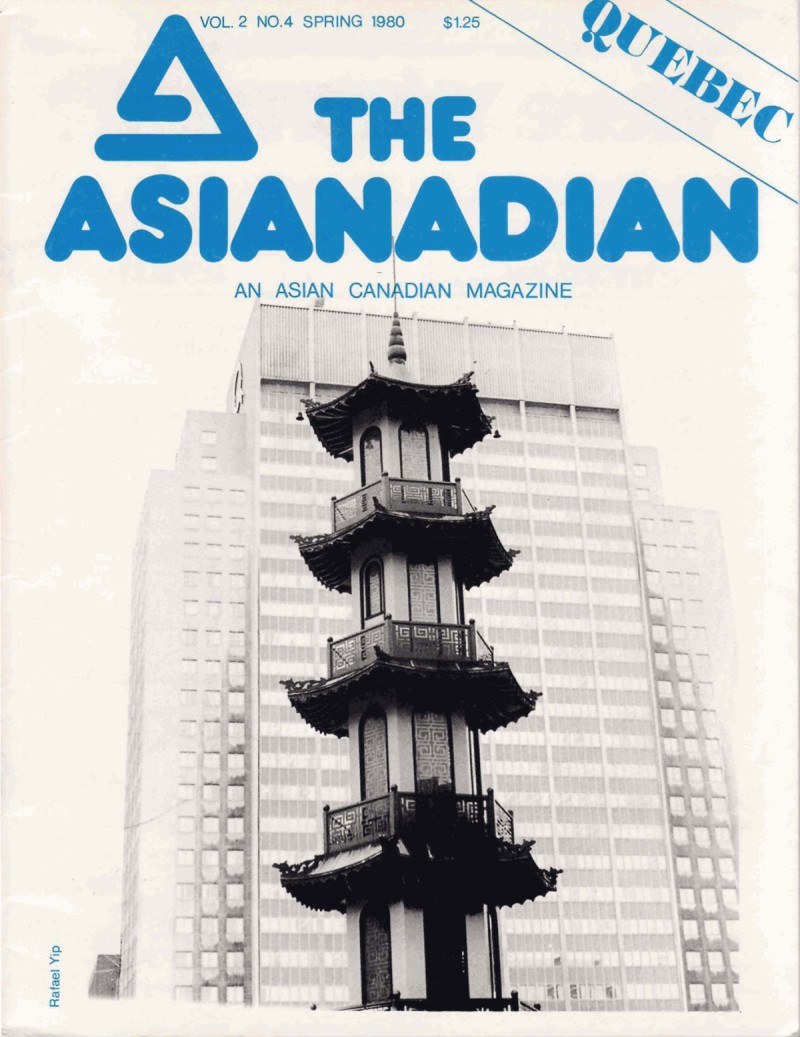
Through their cultural production, Asian-Canadian writers and artists of this period wrote their experiences into existence and into the fringes of the nation; the magazine was one of the few literary and artistic spaces available for Asian-Canadian writers of the time. For instance, one contributor who identifies as Japanese Canadian contributed poetry to Volume 5.4 (Spring 1983) and remembered that The Asianadian was one of the rare publications to which she and other aspiring Asian-Canadian writers felt comfortable submitting work. In this space, the instrumentality of language generated clear meanings. As postcolonial feminist scholar Trinh T. Minh-ha asserts, “To write is to communicate, express, witness, impose, instruct, redeem or save—at any rate to mean and to send out an unambiguous message.” Thus, as we shall see in the coming chapters, The Asianadian clearly developed its own hybrid vernacular and creative process that teased out multiple methods for using language, rhetoric, and reference, generating forms of grassroots “play” within extant structures of colonial discourse. Bhabha writes that “these ‘in-between’ spaces provide the terrain for elaborating strategies of selfhood” that are otherwise foreclosed, and thereby “initiate new signs of identity, and innovative sites of collaboration, and contestation, in the act of defining the idea of society itself.” While strategizing to reclaim language under postcolonial dissection beyond theory was an intuitive act of agency and grassroots self-determination, it became an overt goal of the collective. As the first grassroots collective to host conversations about anti-colonialism without the use of theoretical jargon, these organic intellectuals from around the world shared their life experiences across borders as well as a under the transformation of Canadian nationalism, introducing readers to subtly complex ideas related to imperialism and its vehicle of colonization in a critical and accessible manner.
Angie Wong has a PhD in Humanities from York University. At the time of writing Laughing Back at Empire, Angie was a postdoctoral fellow at the University of Calgary’s Cumming School of Medicine and a contract lecturer at Mount Royal University.



